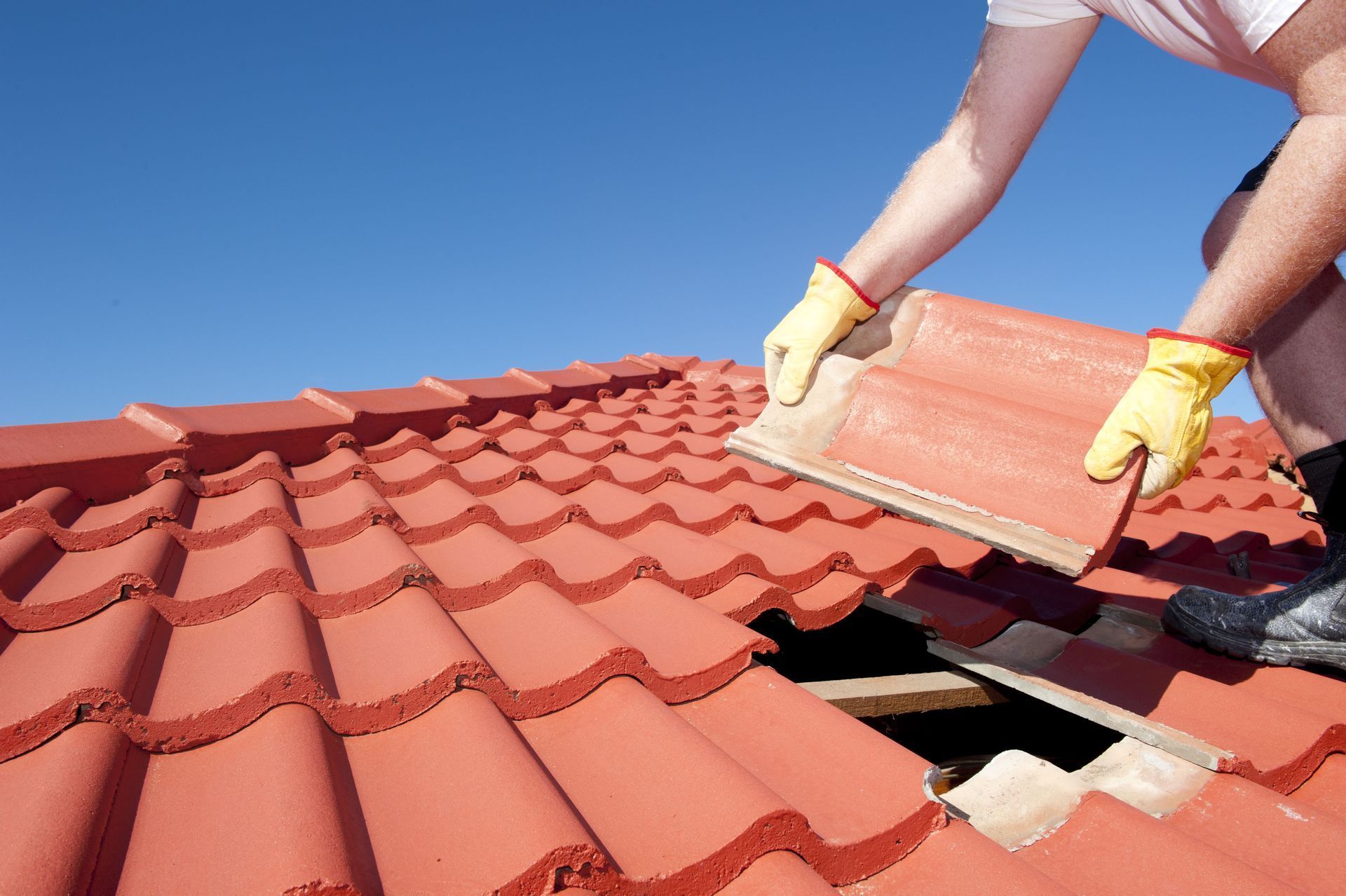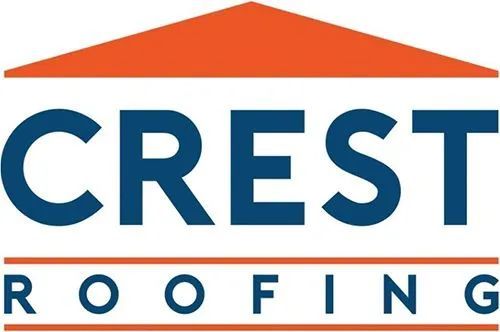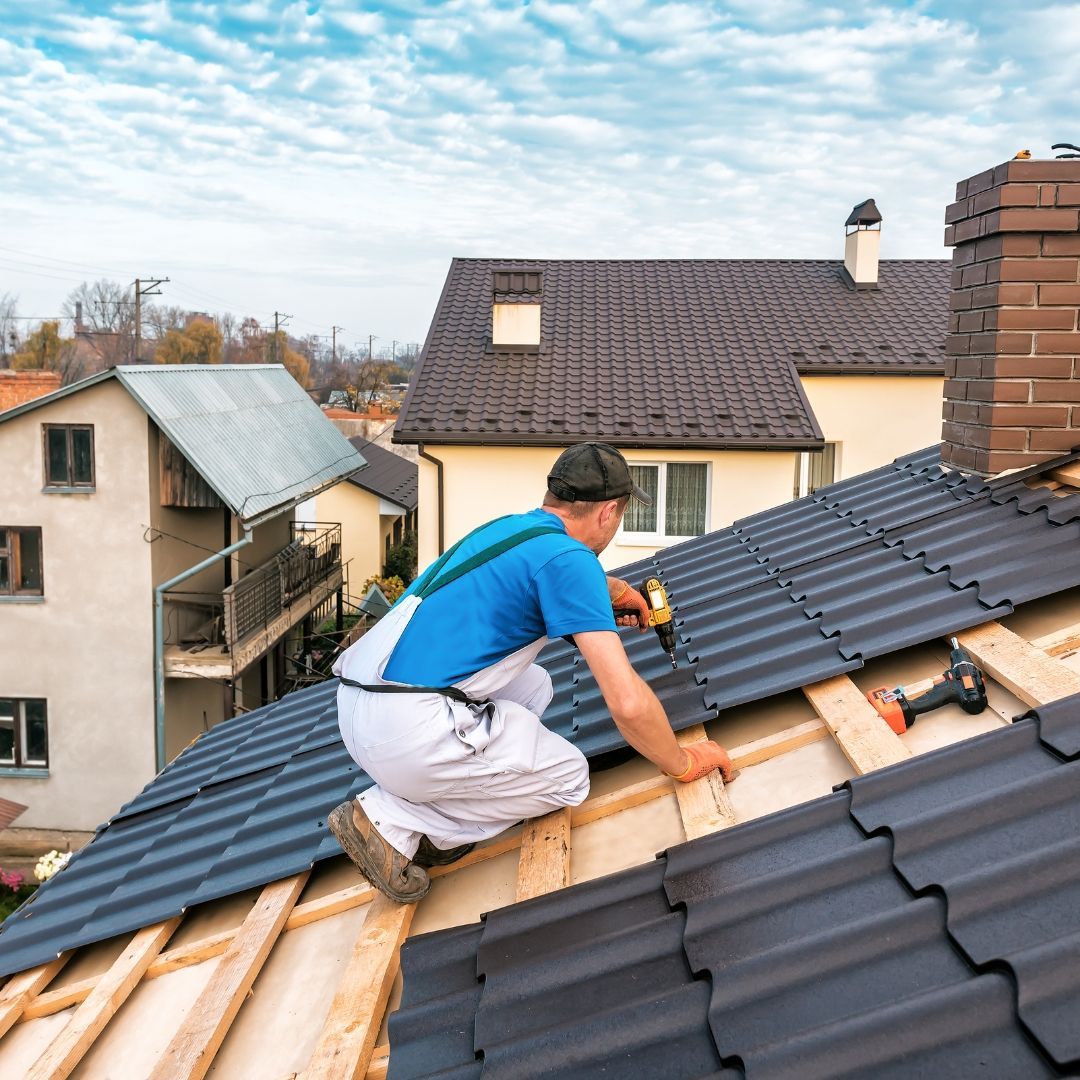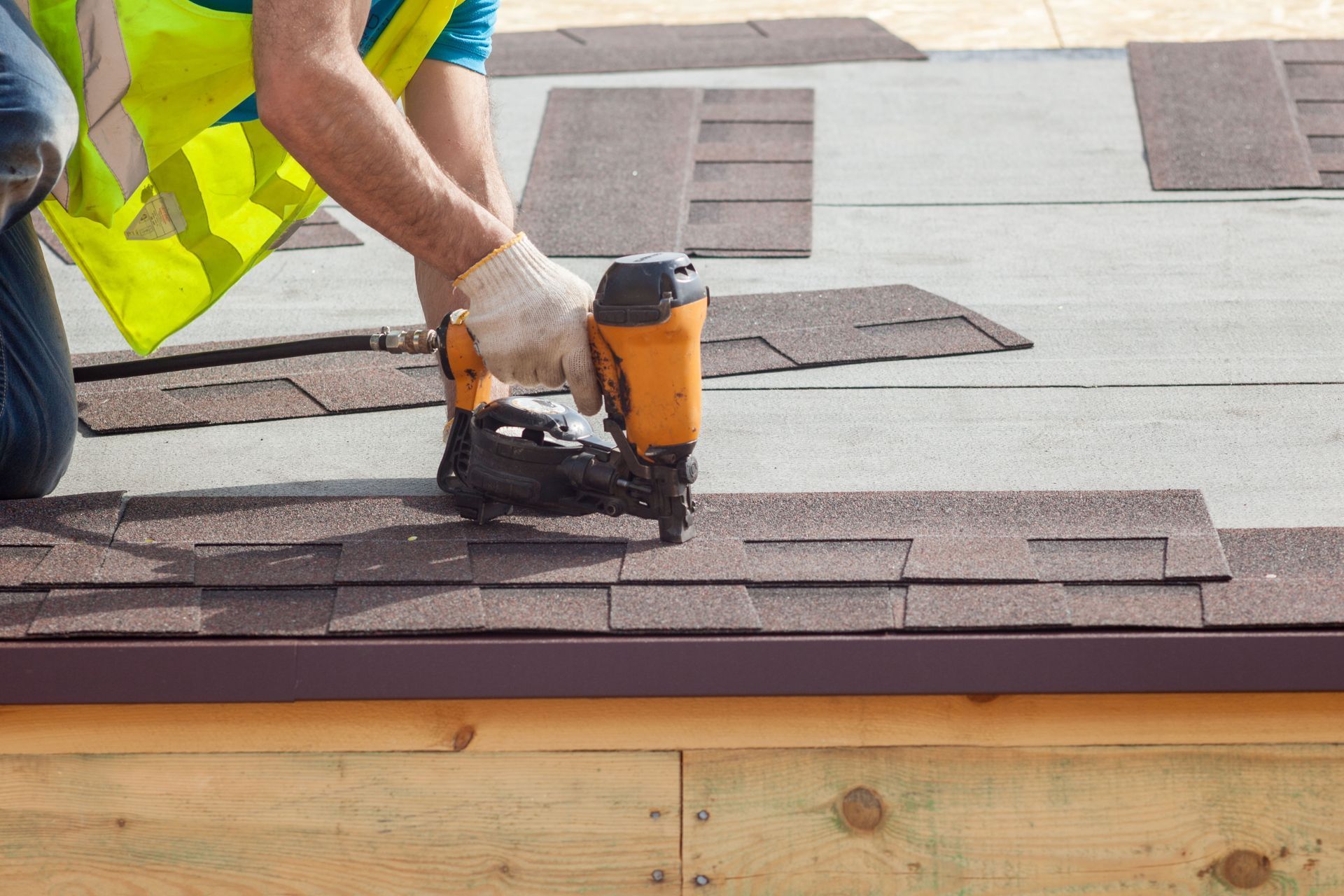May 28, 2025
Year-round sunshine, ocean breezes, and no snow to shovel. There’s no denying the perks of living in South Florida.
But our tropical lifestyle does come with a hidden cost.
Between the scorching sun, salty air, heavy humidity, and hurricane season, roofs tend to wear out faster here than they do in milder climates. Even high-quality, professionally installed roofs don’t last as long here as they do in more temperate regions.
So, exactly how often should a roof be replaced in Florida ? Not sure if yours is due for a replacement or what signs to look for? In this guide, we’ll break it all down: how long roofs typically last in Florida, the first signs of damage, and the best roofing materials for Florida.
Why Florida Homeowners Need a Roof Replacement Checklist
South Florida living has its perks—sunshine, warm weather, and ocean breezes year-round.
But our tropical climate comes with one major drawback:
Roofs wear out faster here than almost anywhere else in the country.
Between intense UV exposure, salty coastal air, extreme humidity, and hurricane seasons, even high-quality roofs age more quickly than they do in milder states.
So if you’ve ever wondered how often a roof should be replaced in Florida, or whether your roof is due for a professional inspection, this guide will give you every answer.
How to Know When You Need a New Roof
While roofs in northern climates may last 25–30 years, Florida roofs face far more stress. In our climate, many roofs need major attention—or a full replacement—within 10 to 15 years.
To protect your home (and maintain your insurance coverage), we recommend a professional roof inspection every decade, or sooner after multiple storms.
If your insurance carrier flags your roof during inspection, it’s important to act quickly to avoid coverage limitations.
Here are the signs your roof may be nearing the end of its life.
Exterior Warning Signs
- Cracked, curled, or missing shingles
- Dark streaks, mold, or algae growth
- Granules piling in gutters or downspouts
- Sagging or uneven rooflines
- Standing water that doesn’t drain after rain
Interior Warning Signs
- Water stains on ceilings or attic insulation
- Leaks during or after storms
- Sudden increases in energy bills
Storm-Specific Damage to Watch For
Florida storms cause unique roofing issues. After hurricanes, tropical storms, or hail events, look for:
- Lifted or torn shingles
- Tile displacement
- Dents from hail or flying debris
- UV cracking or fading
- Water stains following wind-driven rain
For additional storm-readiness guidance, review the NOAA hurricane preparedness resources.
Choosing the Best Roofing Material for Florida Homes
If you’re asking, “how much does a roof cost in Florida?”—the real answer depends on three things:
- Your roof size
- Your roof’s complexity
- The material you choose
Because Florida roofs must withstand heat, moisture, and hurricane-force winds, material selection is critical.
Here are the best options for Florida homes:
Clay Tiles
Pros: Beautiful aesthetic, long lifespan, excellent wind resistance
Cons: Heavier material, higher cost, more complex installation
Concrete Tiles
Pros: Extremely durable, energy efficient, great in high heat
Cons: Heavy weight may require structural reinforcement
Asphalt Shingles
Pros: Budget-friendly, lightweight, easy to install
Cons: More prone to UV fading and may need repairs more frequently
Metal Roofing
Pros: Long lifespan, energy efficient, top-tier wind resistance
Cons: Higher upfront cost, louder during heavy rain unless insulated
Composite Shingles
Pros: Impressive durability, UV resistance, versatile appearance
Cons: Higher price than traditional shingles
What Happens During a Roof Replacement in Florida?
Most South Florida roof replacements take 2–7 days, depending on material and home size. Our team handles all permitting and scheduling to keep your project running smoothly.
Here’s what the process looks like:
Step 1: Roof Tear-Off & Decking Inspection
We remove the old roofing and inspect the decking for rot, cracks, moisture damage, or structural issues.
Step 2: Waterproofing Installation
We apply a premium waterproof underlayment—your roof’s main moisture barrier. We also install flashing around chimneys, vents, skylights, and other vulnerable areas. Flashing is essential to storm protection. For more on wind and water intrusion, review the
FEMA wind damage guidance.
Step 3: New Roof Installation
We install your roofing system using
Florida Building Code–approved methods. This includes adhering to High Velocity Hurricane Zone (HVHZ) fastening requirements.
Step 4: Final Inspection & Cleanup
We secure all fasteners, inspect every detail, remove leftover materials, and leave your home clean.
How to Prepare Your Home for a Roof Replacement
A few simple steps can help protect your home and speed up the process:
- Move vehicles out of the driveway
- Remove patio décor and outdoor furniture
- Cover landscaping or delicate plants
- Keep pets inside
- Take down wall décor or fragile items to avoid vibration damage
How Much Is a New Roof in Florida?
Here are the general investment ranges for South Florida roof replacement:
- Asphalt shingles: $8,000–$14,000+
- Tile roofing: $15,000–$30,000+
- Metal roofing: $18,000–$40,000+
Costs include removal, installation, materials, labor, permits, and cleanup.
Higher-quality materials cost more upfront but typically offer:
- longer lifespan
- greater storm resistance
- improved energy efficiency
- better long-term savings
Protect Your Home With a Florida-Ready Roof
South Florida’s climate is tough on roofs, but the right materials, expert installation, and consistent maintenance can protect your home for decades.
Whether you’re overdue for a replacement or just planning ahead, Crest Roofing is here to guide you every step of the way.
Contact our expert team today for your free estimate!
Your Trusted South Florida Roofer
With over 25 years of hands-on experience, Crest Roofing is a veteran-owned, licensed, and insured roofing contractor serving homeowners across South Florida.
















